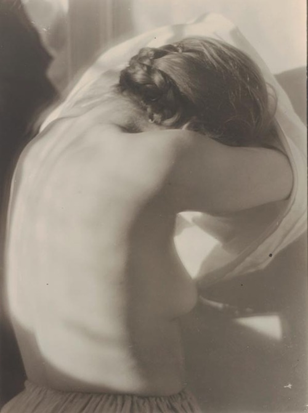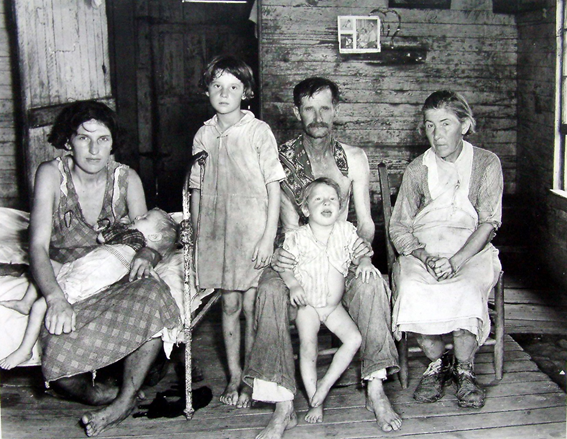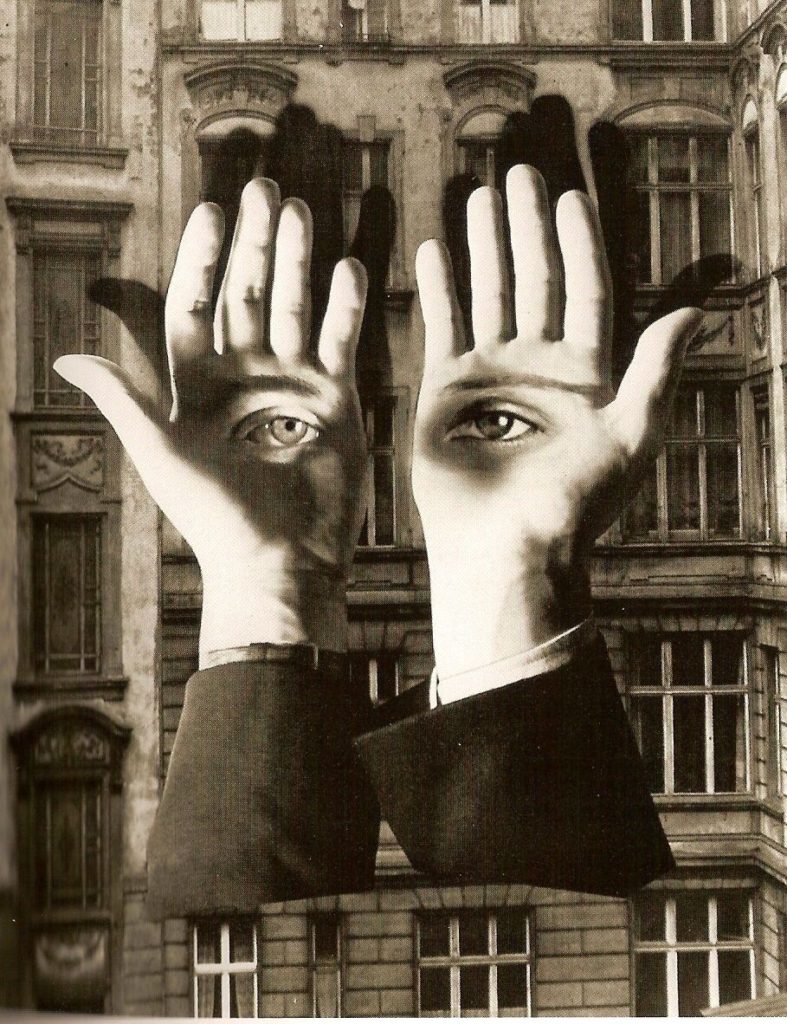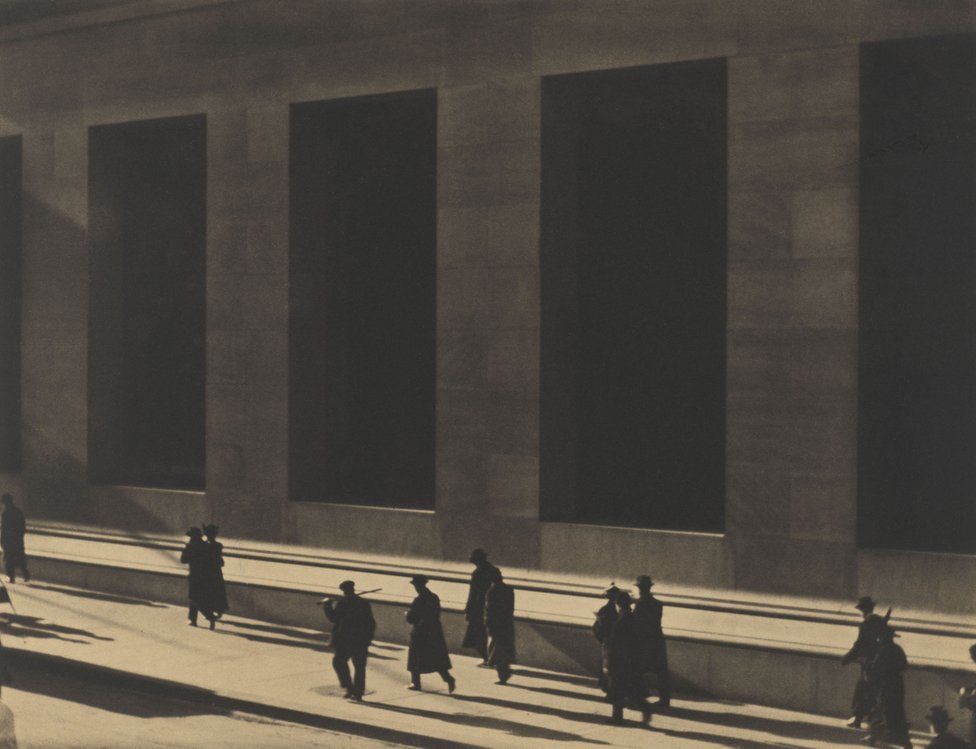Jeff Wall
Jeff Wall is a Canadian born, Vancouver based photographer who specializes in back lit tableaux photographs of the city of Vancouver itself. Wall studied at the University of British Colombia and graduated with a masters degree in photography in 1970. In the same year he relocated to London to study for a post graduate degree at the courtyard institute, studying with Manet expert T.J Clark. He then went on to become the Assistant professor at Nova Scotia college of Art and Design from 1974-1975 and he then became the associate professor at Simon Fraser University, British Columbia from 1976-1987 whilst also teaching at The University of British Columbia.
Wall is renowned for his tableaux reconstructions of scenarios he had witnessed himself that were representative of the political environment at the time. His photos are always back lit and in a cinematographic style, Depicting more of a story through this means. Due to his tableaux style, His shoots often consisted of many people such as cast, crew as well as digital post production workers. Almost all of his shoots are centered around suburban Vancouver, world renowned for the relationship between the suburban environment and the rural environment. Many of the suburban areas have mountainous backdrops and are bordered by forests as well as having a substantial amount of urban architecture, which Wall finds to be a great way of providing contrast within an image.
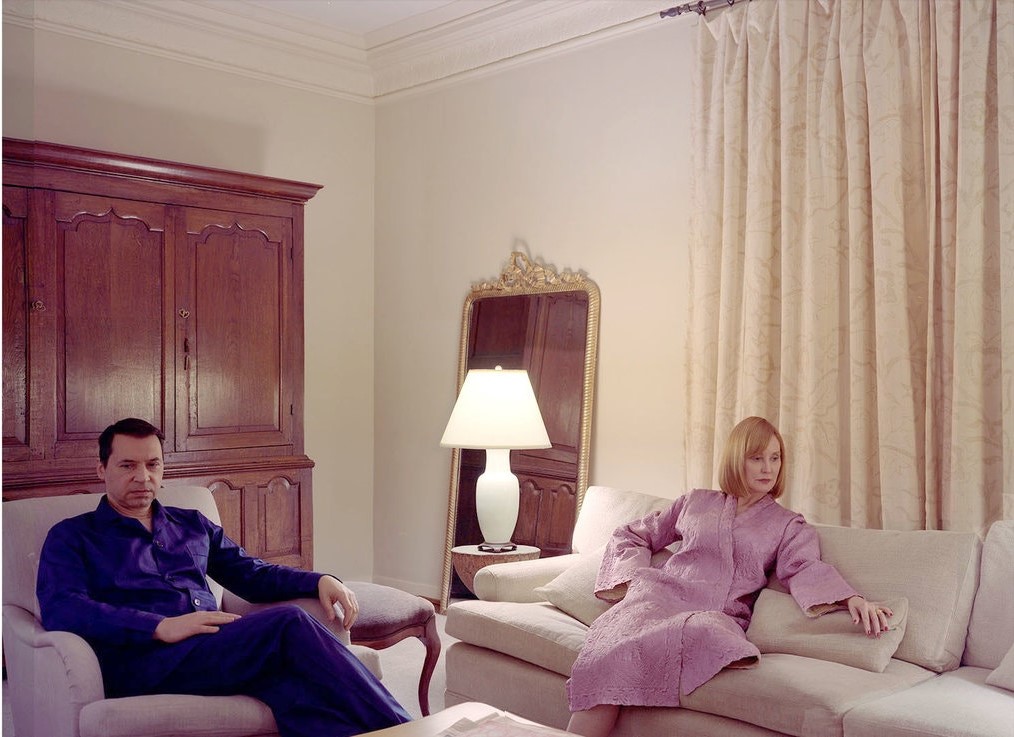
Image Analysis
The lighting in this image is warm and dull which is diffused throughout the bright-walled room. All the colours within the room are neutrals apart from what the people are wearing; this contrast is showing the difference in interest during this candid conversation. Also, reflected within the images is the photographers decision to stand in the middle to make an emphasis on the split of connection. The overall composition of the image is an uncomfortable feeling of divide and the conflict of interest reflected in the lines and colours that oppose to the human figures.



